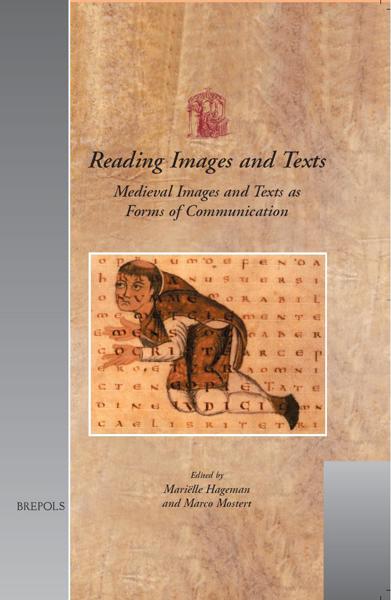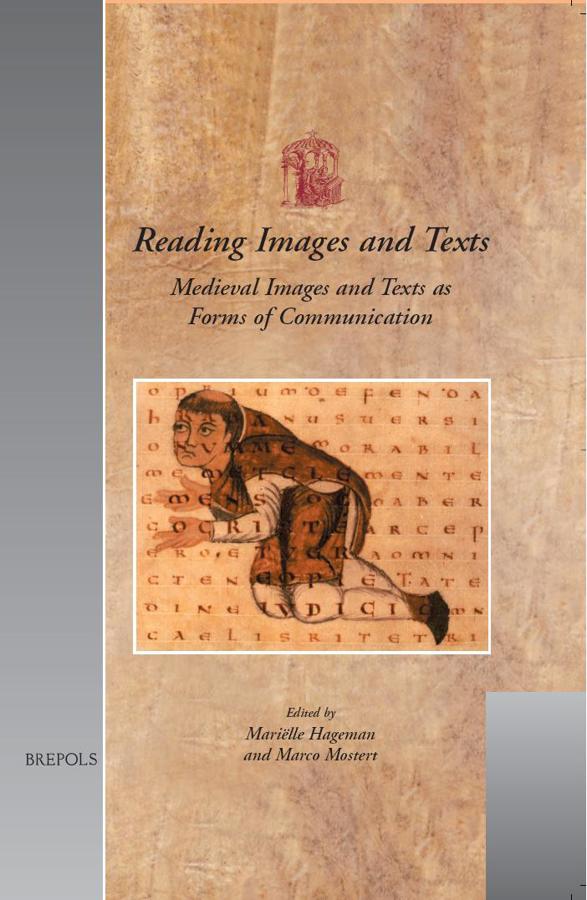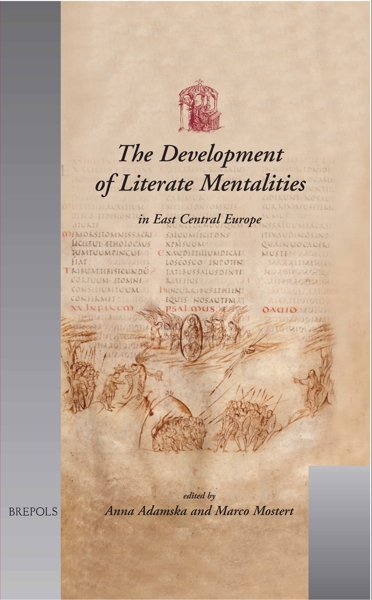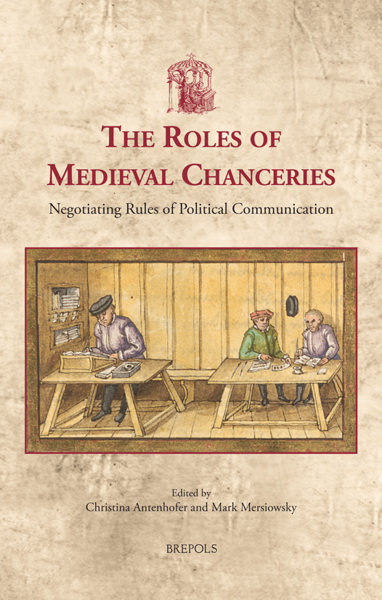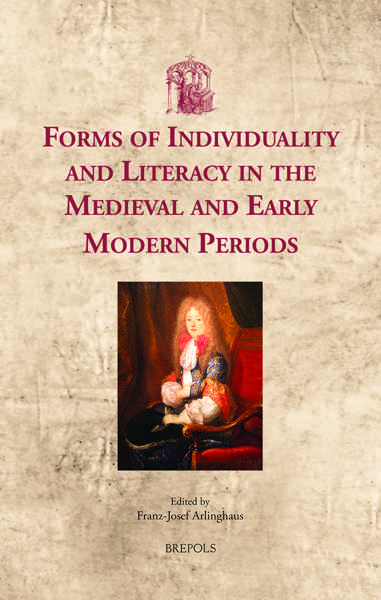
Reading Images and Texts
Medieval Images and Texts as Forms of Communication. Papers from the Third Utrecht Symposium on Medieval Literacy, Utrecht, 7-9 December 2000
Mariëlle Hageman, Marco Mostert (eds)
- Pages: 546 p.
- Size:160 x 240 mm
- Illustrations:141 b/w, 19 col.
- Language(s):English, Latin
- Publication Year:2005
- € 90,00 EXCL. VAT RETAIL PRICE
- ISBN: 978-2-503-51437-6
- Hardback
- Available
- € 90,00 EXCL. VAT RETAIL PRICE
- ISBN: 978-2-503-53940-9
- E-book
- Available
The interactions between non-verbal and verbal forms of communication, more in particular the relations between visual symbols other than writing and the recording of speech in writing, are important for the evaluation of both images and texts.
In recent years the relations between images and texts have benefitted from an increase in scholarly attention. In medieval studies, art historians, historians, codicologists, philologists and others have applied their methods to the study of illuminated manuscripts and other works of art. These studies have shifted from a concern about the contents of the messages contained in the artefacts (e.g. in iconography) to an interest in the ways in which they were communicated to their intended audiences. The perception of texts and images, their reception by contemporaries and by later generations have become topics in their own right. The analysis of individual manuscripts and works of art remains the basis for any consideration of their transmission and uses. Yet the time has come for an evaluation of the results of recent work on medieval communication. The interactions between non-verbal and verbal forms of communication, more in particular the relations between visual symbols other than writing and the recording of speech in writing, are important for the evaluation of both images and texts.
According to some, medieval images may be ‘read’. According to others, the perception of images is fundamentally different from that of texts. Do images have a morphology (colours, lines, planes), a syntax and semantics of their own? In other words: do both texts and images have a ‘grammar’? Is it useful to speak of ‘visual literacy’? Can texts be considered as images? How are texts and images perceived? Do they communicate different kinds of messages? Can an image’s message be put into words? In which social contexts does medieval man prefer the visual to the textual? What about the interplay of texts and images (e.g. in rituals and ceremonies)? Do we observe an evolution in the perception of images due to the development of a literate mentality? These are some of the questions discussed in the contributions to this volume.
